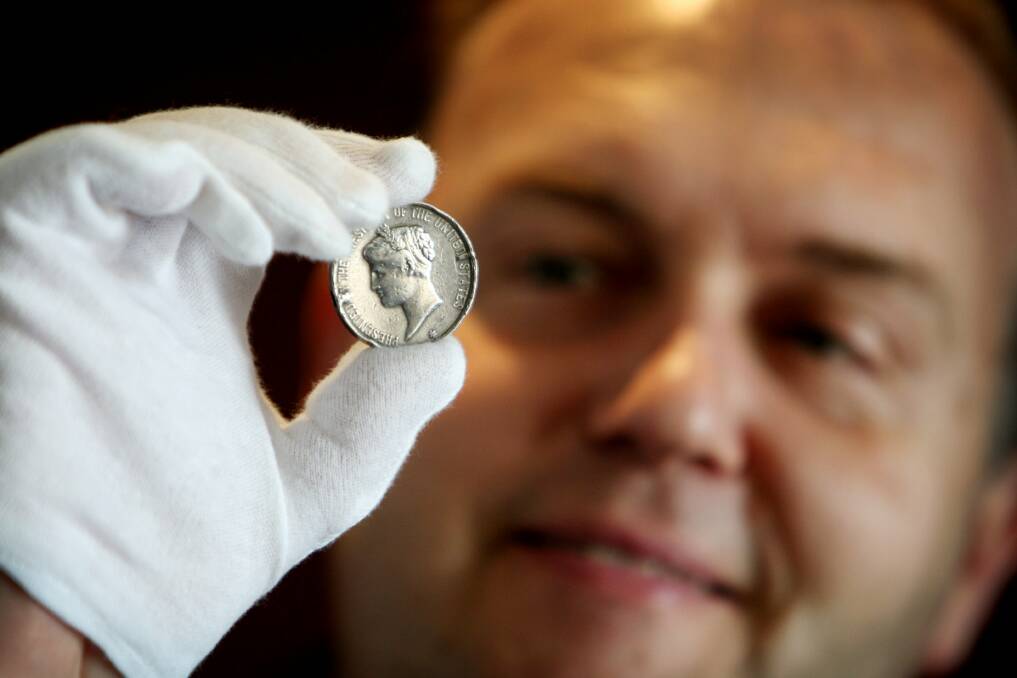
A RARE medal awarded by the president of the United States to rescuers of an American ship off the south-west Victorian coast more than 130 years ago has been donated to Warrnambool.
Subscribe now for unlimited access.
or signup to continue reading
It will go on permanent display at Flagstaff Hill Maritime Village, along with other memorabilia from the Eric the Red shipping disaster.
The medal was awarded to the crew of the Warrnambool steamer SS Dawn, who rescued survivors of the ship which struck a reef off Cape Otway in 1880 while carrying cargo to Melbourne for an international exhibition.
Four people on the US vessel drowned and the 23 survivors were taken to Warrnambool to recover.
Later the US government expressed its appreciation to the Warrnambool community, saying “the city hosted and supported the crew most graciously”.
The family of one of the former SS Dawn crew members approached Flagstaff Hill, offering to donate the bravery medal.
“We received the medal this week and will look to display this rare item with artefacts we have from the Eric the Red wreck that are in storage,” maritime village manager Peter Abbott said.
“We’ve got a door and part of the wheel from the wreckage.”
Heritage Victoria has listed Eric the Red as one of the state’s most significant 19th century shipwrecks.
“The wreck led to the provision of an additional warning light placed below Cape Otway lighthouse to alert mariners to the location of Otway Reef,” the heritage agency says.
“The site is archaeologically significant for its remains of a large and varied cargo and ship’s fittings being scattered over a wide area. It is recreationally and aesthetically significant, as it is one of the few sites along this coast where tourists can visit identifiable remains of a large wooden shipwreck and for its location set against the background of Cape Otway, Bass Strait and the Cape Otway lighthouse.”
Eric the Red was an American-made wooden ship named after the Icelandic Viking Eric “the Red-Haired” Thorvaldsson, who was the first European to reach the shores of North America when he landed in Greenland in 980 AD.
It sank within 12 minutes of hitting the reef, 85 days after setting out from New York with American exhibits bound for a Melbourne exhibition. Navigational error was blamed.
According to a report in the Argus newspaper, neither the ship nor its cargo were insured.
A section of the hull is buried in sand at the Parker River beach, an anchor is on the rocks at Point Franklin, a second anchor is on display at the Cape Otway lighthouse and parts of the ship are on display at Bimbi Park and Apollo Bay museum.
Wreckage was used to construct houses around Apollo Bay and a ketch called the Apollo.
pcollins@fairfaxmedia.com.au














